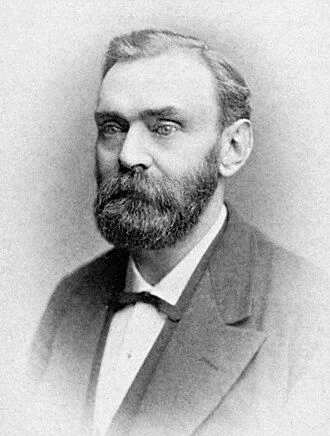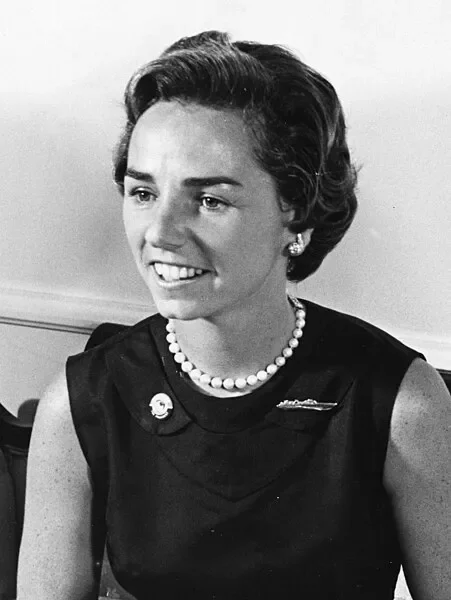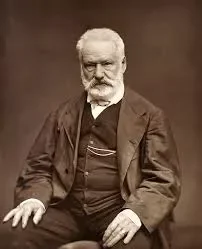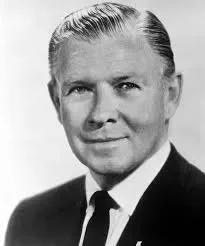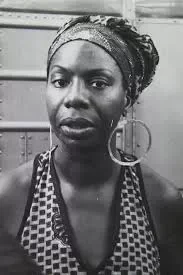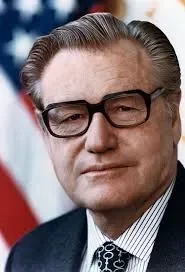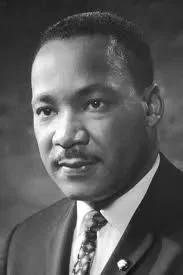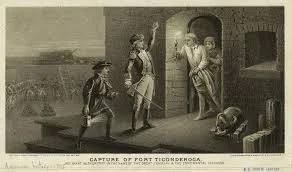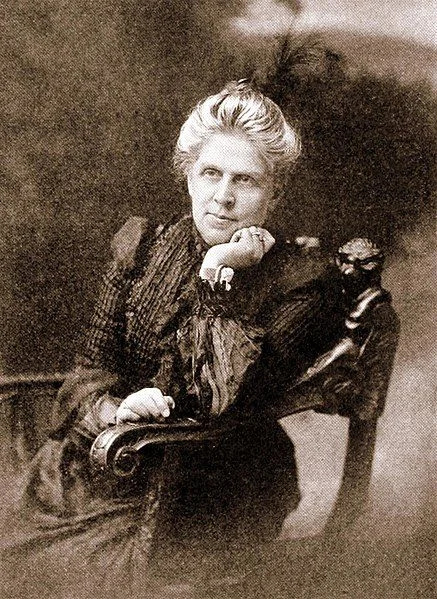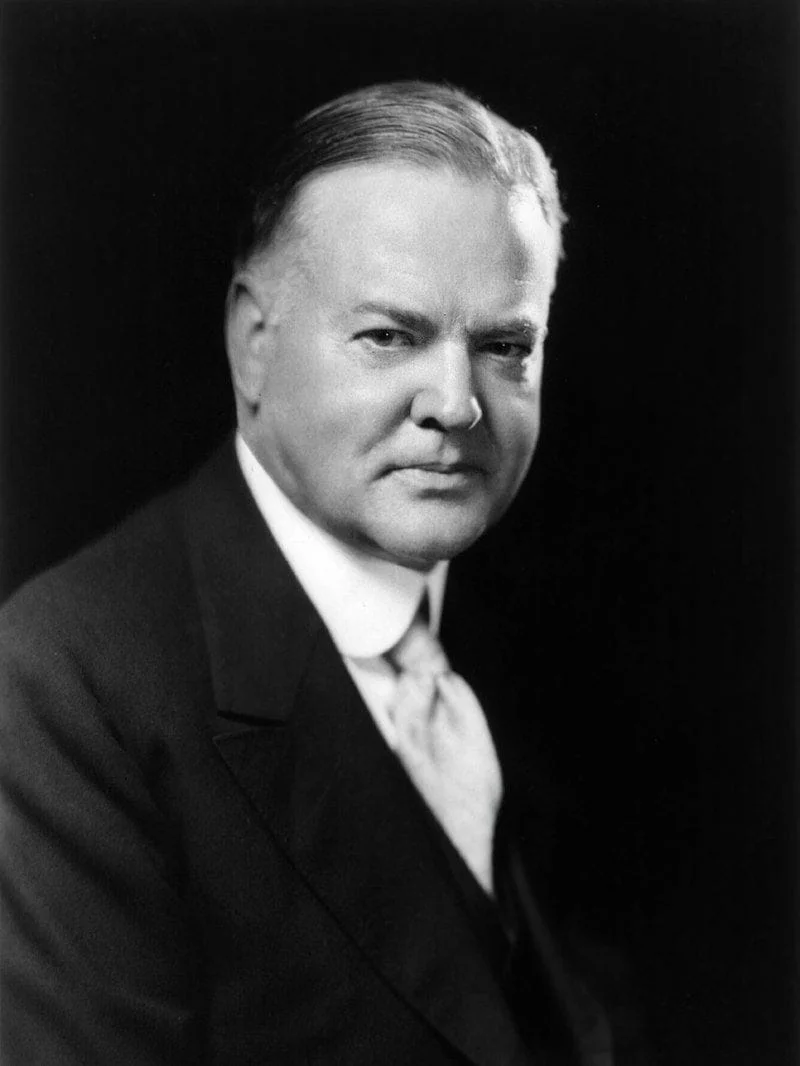Real Celebrities Never Die!
OR
Search For Past Celebrities Whose Birthday You Share

source:https://en.wikipedia.org/wiki/File:Nelson_Mandela_1994.jpg
Nelson Mandela
Birthday:
18 Jul, 1918
Date of Death:
05 Dec, 2013
Cause of death:
Respiratory tract infection
Nationality:
South African
Famous As:
Politician
Age at the time of death:
95
Introduction: Nelson Mandela’s Enduring Legacy
Nelson Mandela, a towering figure in the fight against apartheid and a symbol of hope for justice and equality, led an extraordinary life that continues to inspire people worldwide. In this essay, we will explore the chronology of Nelson Mandela’s life, from his early years to his historic presidency.
Early Life and Education
Nelson Rolihlahla Mandela was born on July 18, 1918, in the village of Mvezo, Cape Province, South Africa. He was the son of Gadla Henry Mphakanyiswa, a chief, and Nosekeni Fanny. Mandela’s childhood was marked by the traditions and customs of the Thembu people, as he was part of the royal family.
Traditional Education and Xhosa Heritage
In his early years, Nelson Mandela received a traditional education and learned about his Xhosa heritage. He attended primary school in Qunu, a small village, and later studied at Clarkebury Boarding Institute and Healdtown Methodist Boarding School. Mandela excelled academically, participated in sports, and demonstrated his skills as a talented speaker.
Johannesburg and Higher Education
In 1941, Mandela moved to Johannesburg to avoid an arranged marriage and to pursue a higher education. He enrolled at the University of Fort Hare, where he studied law, but was expelled for participating in a student protest against the university’s policies. Undeterred, Mandela completed his law degree through the University of South Africa while working as a law clerk.
Political Awakening and the Formation of the ANCYL
During this time, Mandela became increasingly involved in political activism. In 1944, he helped establish the African National Congress Youth League (ANCYL), a movement that sought to energize and mobilize young people in the struggle for racial equality.
Rising Leadership in the ANC
In the 1950s, Nelson Mandela rose to prominence within the ANC and became involved in the Defiance Campaign, a nonviolent resistance movement against apartheid laws. He traveled across South Africa, organizing protests and advocating for change. Mandela’s commitment to justice and equality led to his arrest in 1956, along with other ANC leaders, in the infamous Treason Trial. Although they were ultimately acquitted in 1961, the trial had a profound impact on Mandela’s thinking and political approach.
The Shift to Armed Resistance
As the apartheid government intensified its repression, Mandela and other ANC leaders realized that peaceful means of protest were no longer enough. In 1961, he co-founded Umkhonto we Sizwe (MK), the armed wing of the ANC, to pursue sabotage and guerrilla warfare against government institutions. Mandela became the commander-in-chief of MK, and its activities attracted international attention.
Arrest and the Rivonia Trial
In 1962, Mandela traveled to various African countries to seek support for the ANC’s cause. However, on his return to South Africa, he was arrested and charged with incitement to strike and leaving the country without a passport. Mandela’s journey to justice and equality took a dark turn as he faced a trial that would define his legacy.
Imprisonment and Symbol of Resistance
In 1964, Mandela and seven co-defendants, including Walter Sisulu and Govan Mbeki, were sentenced to life imprisonment in the Rivonia Trial. They were convicted of sabotage and conspiracy to overthrow the apartheid regime. Mandela was imprisoned on Robben Island, enduring harsh conditions and separation from his family.
International Pressure and Release
During his 27 years in prison, Mandela became a symbol of the anti-apartheid movement. His unwavering determination and commitment to justice inspired millions around the world. In the late 1980s, international pressure on the apartheid government began to mount. The South African government, under President F.W. de Klerk, recognized the need for change and initiated negotiations with Mandela and the ANC. In 1990, after 27 years behind bars, Mandela was finally released from prison, stepping into a transformed South Africa and a world eager to witness the end of apartheid.
The Path to Democracy
The years following his release were marked by intense negotiations and political developments. Mandela played a crucial role in the dismantling of apartheid and the establishment of a democratic South Africa. He led the ANC in negotiations with the government, ultimately leading to the country’s first multiracial elections in 1994.
Presidency and National Reconciliation
In a historic moment, Nelson Mandela was elected as South Africa’s first black president. His presidency focused on national reconciliation, forgiveness, and the building of a united nation. Mandela’s leadership during this pivotal time laid the foundation for a more inclusive and democratic South Africa.
Nelson Mandela's Quote's
Post-Presidency Advocacy
After leaving the presidency in 1999, Mandela continued his advocacy for peace, human rights, and social justice. He established the Nelson Mandela Foundation and dedicated his time to charitable work, including the fight against HIV/AIDS.
Legacy and Passing
Nelson Mandela passed away on December 5, 2013, at the age of 95, leaving behind a powerful legacy of courage, resilience, and unwavering commitment to justice. His life serves as a testament to the power of forgiveness, reconciliation, and the triumph of the human spirit in the face of adversity.
Name:
Nelson Mandela
Popular Name:
Nelson Mandela
Gender:
Male
Cause of Death:
Respiratory tract infection
Spouse:
Place of Birth:
Mvezo, Cape Province, South Africa
Place of Death:
Johannesburg, Gauteng, South Africa
Occupation / Profession:
Nelson Mandela's birth name was Rolihlahla, which means "troublemaker" in his Xhosa tribe. The name "Nelson" was given to him by his primary school teacher
Mandela received military training in Ethiopia and Algeria in 1962, learning guerrilla warfare tactics, but he never fired a shot in anger during South Africa's armed struggle
Nelson Mandela was the first black president of South Africa, and the first president to be elected in a fully representative election.
Nelson Mandela's government focused on destroying the Apartheid government in the country.
While in prison, Mandela earned a Bachelor of Law degree through correspondence from the University of London
Nishan-e-Pakistan (1992)
Lenin Peace Prize (1990)
Bharat Ratna (1990)
Presidential Medal of Freedom (2002)
Sakharov Prize (1988)
Nobel Peace Prize (1993)


